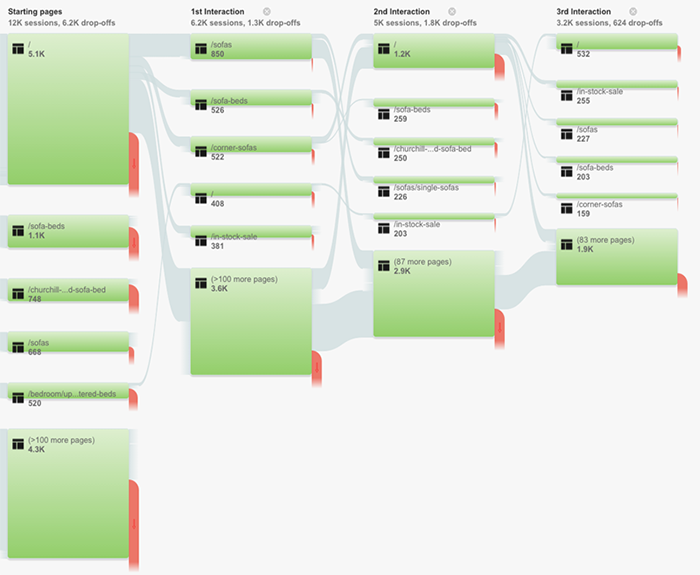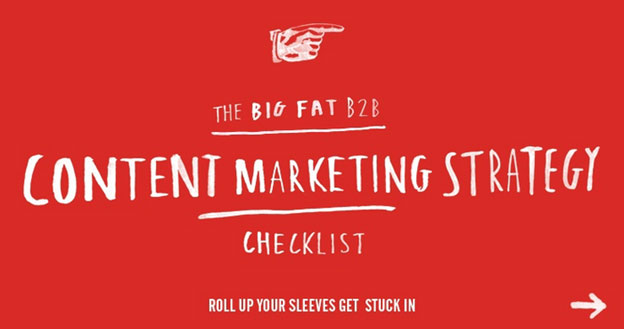
The power of storytelling
There’s been a lot of talk about storytelling being the main driver for your online marketing efforts in the last few years. There’s some good reasons behind the hype. Storytelling, defined as the art of getting someone to form an emotional connection with your brand, can get you pretty far. It gives you a big picture that appeals to your target market and that they’ll remember – because stories are memorable in a way that facts by themselves are not.
Great storytelling, of course, combines data and story. This is particularly necessary if you’re in an industry where data is important, like health care.
However, storytelling without engagement science to guide it will only bring you limited results. You’ll wonder why your target customers aren’t sharing your wonderful content but not really know why. Finding out the ‘why’ will help you avoid poor results whilst helping you achieve repeatable success. This is important if you want to demonstrate validated learning to your colleagues.
How engagement science supercharges your content marketing
Engagement science is about approaching your marketing from a logical and data-driven perspective. It allows you to specifically work out what elements on your website and marketing material are winning or losing you traffic rather than relying on gut feeling or dubious analytics. Small changes to your content and your website can make a big difference in terms of your online sales.
A data-driven marketing strategy also allows you to precisely analyse the success of your storytelling. Are you telling the best story, using the most appropriate content, to the most targeted groups of people using the best performing channels?
There’s a huge amount of competition to get eyeballs on content. If you don’t finely tune your content and website to appeal to your target users, then you could be wasting a lot of money on developing your brand story or on that cute video featuring small children and puppies.
So how can you stand out and improve engagement by using data? How do you ensure your content gets more shares on Twitter, Facebook and LinkedIn? Try some engagement science!
Decide on your strategy success metrics
Decide what success metric is most important to your company, for example “Average time on page” or the “Pages per visit”, both of which are readily available in Google Analytics. The former is useful to show if people are meaningfully engaging with your content. If you get 10,000 eyeballs on a blog post but the average engagement rate is 10 seconds then your post is offering a poor return on investment. The latter is useful is you want to track whether your site architecture (and your story!) are successfully moving people through your sales funnel. By knowing what your success metric you want to measure you can start constructing experiments to test what is working and what isn’t.

Analysing pages per visit – and behaviour flow – can help you see whether your sales funnel is working
Decide on the possible factors for success
Decide on what the possible success factors might be for this metric. Is it the writing style? Or that there’s a lot of buzz around your topic? Or is it the number of words? The number of images perhaps? The quality of those images? While we may have an idea of what makes good content, there is nothing better than actually carrying out tests to prove that any one of these potential factors had a “treatment effect”. And most importantly what that treatment is, for example how a reduced average in spelling and grammar mistakes improves average time on page or conversions.
Which image will drive more online sales: the stock photo or the custom image? This:

or this?

Find out by using data rather than choosing the one you think your customers will prefer. In the above case you could use the Alchemy Vision API to categorise your images and then produce analysis to see which image types are more likely to drive revenue or engagement.
Know your data sources
There’s a huge number of tools on the market that allow you to be incredibly sophisticated with your engagement science approach. For example, you can actually test for the sentiment of your body copy, which means you don’t need to rely on ‘guesstimating’ whether your story is successfully engaging with your customers’ feelings. This is outside the parameters of Google Analytics, but you could use Meltwater. If you’re testing for the number of words on the page, you might use Deep Crawl. You need to find tools that will help you efficiently gather data to perform the analysis. Investing in services that help you extract meaningful insights from your content and website can pay dividends in today’s increasingly competitive digital space.

Investing in different data sources gives you more precise insights – and can accelerate your online sales
Know your maths – or find someone else who knows their maths
In order to make predictions about what factors will make your content perform better you really need to know how to make your data predictable – and this means knowing your maths. If you don’t, then your results might be inaccurate and not as useful as they should be. The questions you, or your maths-driven marketing agency, should be asking are:
- How many data points do I need?
- Do my data points follow a normal distribution?
- What statistical tests should I be running to reach a conclusion?
For example, when trying to identify whether a competitor is doing from a content perspective, you can compare data points for a given idea.
The boxplot chart below (taken from our technology platform) shows that the reading age of the competitors’ article titles are different from our clients. This is confirmed by the p-value of the competitors not being above .04. This is a potential performance indicator for improving content for SEO, and one that you, or your marketing agency, can investigate. The point is, gathering evidence of user engagement is vital to informing your content strategy. This becomes of great importance when decisions are questioned. A plan based on facts and evidence is a winning strategy i.e. one that is likely to get ‘buy in’ and win credibility at any level of the organisation.

Boxplot chart comparing the ‘distribution’ of each website’s title reading age
Increase your content marketing success with engagement science
Storytelling has been ‘the story’ now for long enough. The latest marketing news, in our opinion, is how you can use engagement science to improve your content marketing strategy, thus your online sales and to superpower your storytelling. Without this kind of scientific approach, you’ll struggle to understand exactly why your website and content isn’t performing as well as you’d hoped in such a competitive digital landscape. You’ll also risk falling behind competitors for whom ‘engagement science’ and ‘data-driven content marketing’ are already key to their business and customer development plans.
If you’re interested in learning more about using maths to improve your marketing strategy, why not read our article on how we use maths to help our clients. We go into detail about some of the graphs, formulas and algorithms that we use on a regular basis.
